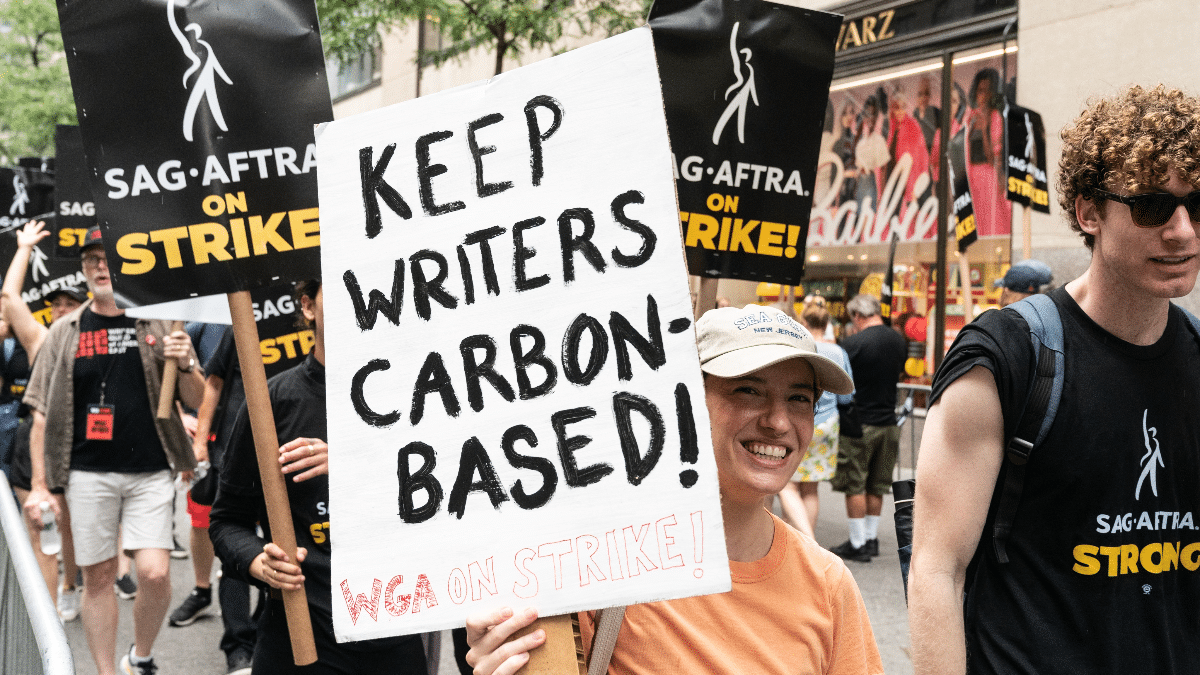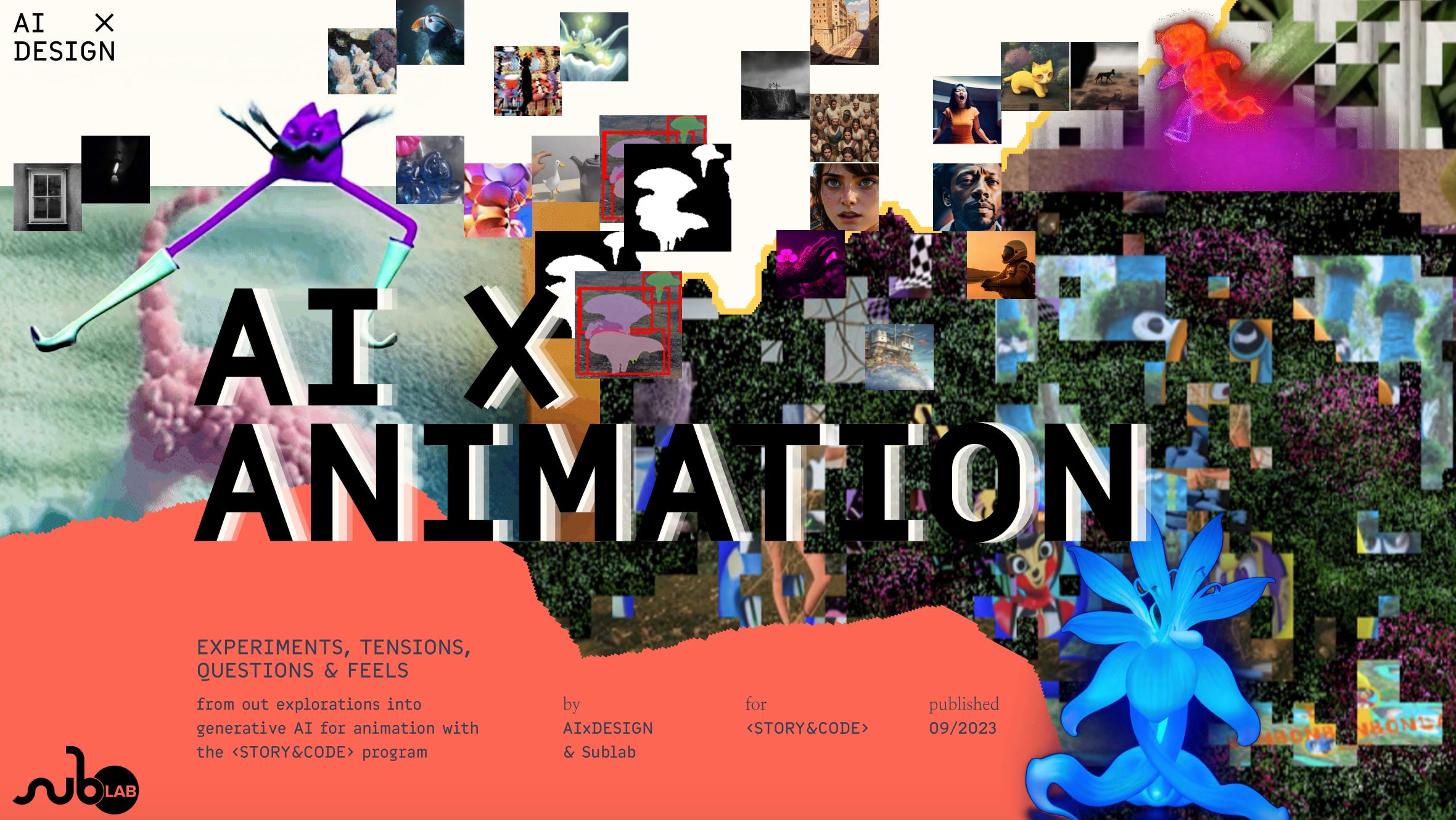Friction Creates the Energy
Three Things From Me This Week, In Lieu of a Fourth
Social Choice in Machine Learning

There’s a new piece of mine over at Tech Policy Press this week, focused on the Writer’s Guild of America strike — and offering a lens for understanding questions around AI that are at the heart of these conversations.
My favorite part of the essay, as usual, is something I didn’t write — it’s a passage from an essay written in 1977 by David Noble, called “Social Choice in Machine Design: The Case of Automatically Controlled Machine Tools, and a Challenge for Labor.” In it, Noble addresses the role of worker power in shaping automated systems — at the time, automated machines for assembly lines and steel processing.
The essay — and its age — speaks to something that gets lost in discussions of new technology, which is the role that friction plays in shaping the way it has been deployed and defined. Too often, techno-utopianists point to successful, socially integrated technologies as if they arrived that way from the factory. The history of labor and social resistance gets erased from institutional memory, because there is no “institution” tracking this resistance or its successes. Instead, companies shift designs, ignoring the reasons why, and then point to it as evidence of technology’s inherent harmlessness.
Likewise, Noble’s essay reminds us that as technology is shaped by social processes, so too are technology’s impacts: “impacts” are the result of design choices. This is key to understanding the deployment of technology: that you are also deploying the impacts in a seamless process. The purpose of the system is what it does.
Story x Code :: AI x Animation Report

The <Story & Code> program was a six-month residency program run by SubLab and AIxDesign, pairing six illustrators and creative technologists with the goal of creating a short trailer using AI-augmented tools and workflows.
As the Learning Experience Designer, I organized these workshops and conversations alongside Nadia Piet and a host of other contributors. The insights from this program have been distilled into a massive report covering the technical details of AI workflows, all the way up to the creative frictions and the ways those tensions shaped the creative process of the participants.
That report is now open to everyone! And it is written in what we hoped would be an accessible, legible way for everyone.
I think it would be useful for:
- Artists — from illustrators and animators to creative technologists — interested in examples of AI workflows;
- Curators and art historians interested in a snapshot of how artists are navigating key sets of tensions emerging from the generative AI explosion;
- Critics, theorists and tech writers interested in a framework for thinking through AI art and its relationship to ethical and creative work;
- Educators interested in seeing examples of exercises and methods of using AI that can be integrated into classrooms, lectures, and pedagogy.
- Audiences who want to see some cool short trailers made with AI.
Check out the report, the trailers, and much more over at the extraordinarily generous AIxDesign.co website — props to Nadia Piet for being a real thought leader in shaping these conversations and ideas, and to Morris Rohof & SubLab for supporting such an outlandish and fully open experiment.
Discommunication

“Discommunication” is the new single from The Organizing Committee’s upcoming release, “Communication in the Presence of Noise.” The lyrics - which I wrote about a year ago — seem pretty relevant to this week’s victory of labor in shaping AI deployment.
Friction creates the energy
That drives all of our machinery
Creating new forms of work and life
through the energy of social fission
Friction creates the energy
Drawn from tensions within societies
Diverted from politics and from action
Through the seduction of innovation
Friction generates the energy
That moves all of our machinery
Creating new forms of work and life
Through the energy of fragmentation
Friction generates the energy
Drawn from tensions within society
Distracted from solidarity
Through technologies of isolation





